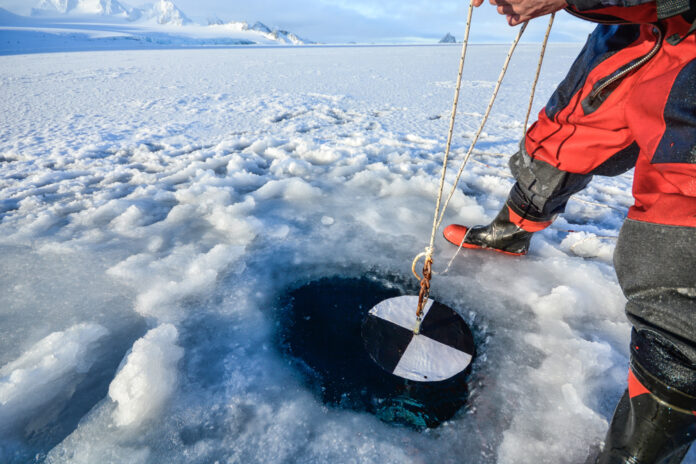The history of Earth’s climate is written within ice. Drilling vertically into ice and extracting a core is akin to measuring how old a tree is by counting a stump’s rings. But ice contains more information than just age.
Scientists can deduce a particle time period’s temperature. They can also measure trapped gases like CO2 and methane to see how they may have contributed to warming periods.
Scientists have now retrieved the longest such documentation — an ice core nearly 2 miles long that captures about 1.2 million years of climate information. This record can help us better understand Earth’s climate changes over time — and may provide hints of what’s to come.
Learning About Earth’s Climate History
An international team of scientists, funded by the European Union collaborated and named the project Beyond EPICA (in reference to an earlier project that didn’t go quite as deep). They drilled all the way to the bedrock beneath the Antarctic ice sheet.
“We have marked a historic moment for climate and environmental science,” Carlo Barbante, professor at Ca’ Foscari University of Venice, senior associate member of the Institute of Polar Sciences of the National Research Council of Italy (Cnr-Isp), said in a press release. “This is the longest continuous record of our past climate from an ice core, and it can reveal the interlink between the carbon cycle and temperature of our planet.”
Bubbles of different concentrations and multiple kinds of gas at different layers can be matched with climate activities that we know happened at different periods of time. By analyzing those bubbles, scientists can then reconstruct how Earth’s climate responded to changes in solar radiation, volcanic activity, and orbital variations.
Robert Mulvaney, a glaciologist and palaeoclimatologist at British Antarctic Survey who took part in one of the earlier drilling seasons, says this new sample will provide more information than the previous which captured a mere 800,000 years.
“This record of 1.2 million years will give us several 41,000-year glacial cycles to compare with the more recent data from the original EPICA core,” Mulvaney said in a news release.
Read more: The Quest for the Oldest Ice on Earth
Reading Earth’s History
Mulvaney referred to the area from which the core was extracted as a Goldilocks site, because areas covered with too much snow can create a blanket that insulates the core and causes the oldest parts to melt.
The 2,800-meter ice core samples will be transported to Europe using specialized cold containers to maintain each core segment’s temperature. Once the core pieces reach their destinations, scientists will carefully analyze each segment — essentially giving a detailed reading of Earth’s climate history.
Article Sources
Our writers at Discovermagazine.com use peer-reviewed studies and high-quality sources for our articles, and our editors review for scientific accuracy and editorial standards. Review the sources used below for this article:
Before joining Discover Magazine, Paul Smaglik spent over 20 years as a science journalist, specializing in U.S. life science policy and global scientific career issues. He began his career in newspapers, but switched to scientific magazines. His work has appeared in publications including Science News, Science, Nature, and Scientific American.
Source : Discovermagazine










